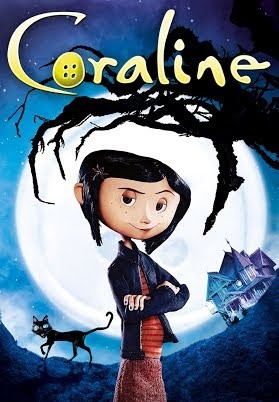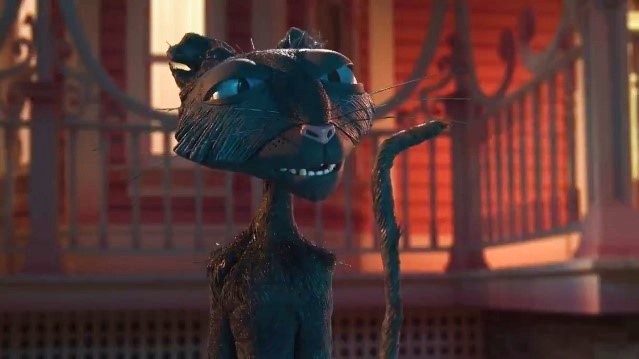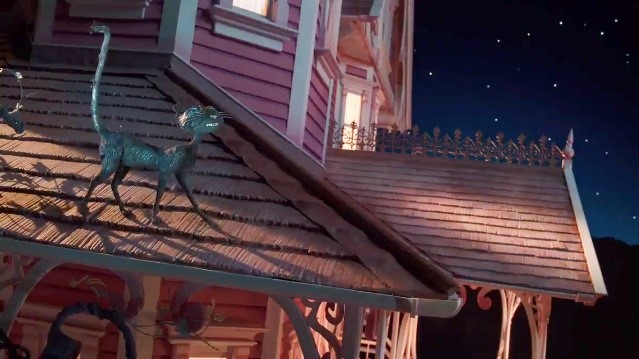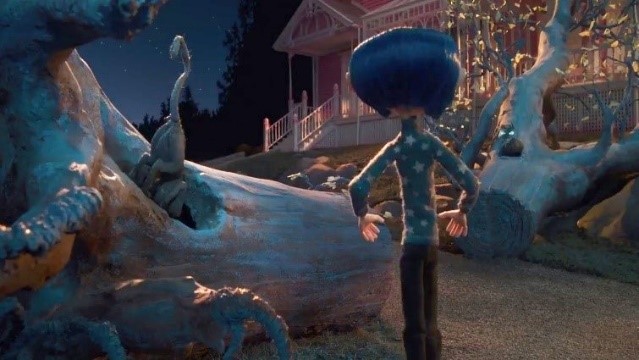Coraline is a stop-motion animated movie, based on Neil Geiman’s novel with the same title, featuring mice, rats, insects, dogs and a cat. Of all these animals, the nameless black cat (Keith David) is most intriguing. One could say that the cat plays such a role in the story that we could extrapolate it to Freud’s theory of the human psyche.

According to Freud, the personality is structured into three major components: the id, ego, and superego. The ego is what we’d consider the ‘conscious mind’, with the other two components remaining in our ‘unconscious’ (or subconscious). Under a Freudian analysis, Coraline would represent the ego, the Other Mother would be the id, and the cat would be her superego. The id is the instinctual forces of oneself; guided by the pleasure, it seeks for the satisfaction of the desires and impulses[1]. The superego is the norms and the laws that you are provided with when you are educated and that represses the id; the part of the personality that tries you to behave in such a way that you follow what is right in society[2]. The cat then plays this internalized voice of Coraline, guiding her to the right path. For this reason, it has no name, no doppelganger in the Other World, no buttons in its eyes, and is the only one (beside Coraline) to appear on the movie cover: at her back, with the Pink Palace and the moon resembling a button.
One of the most interesting characteristics of the relationship between Coraline Jones (Dakota Fanning) and the cat is how the latter acts as the mentor and spiritual adviser of Coraline’s quest; a classic trope in tales. It is the cat the one who warns our protagonist how this world is not as utopian as she might think. Paradoxically, and even though black cats have always been popularly associated with the bringing of bad luck and tragedy, this cat becomes Coraline’s protector (e.g. the cat helps Coraline against the spy rats). Meanwhile, the Other Mother, who gives Coraline everything that she desires, is the antagonist of the story, contradicting what is expected of a maternal figure: love, care, and goodness. The roles of good and evil are embodied in the cat and the mother respectively.

Selick’s characterization of the black cat is classic of Gothic fiction. The cat’s character design evokes an emaciated, scruffy and feral appearance, with the implication being that this mysterious cat is a stray animal – wild and free. Nevertheless, its appearance might not seem to fit in with its clever but arrogant and sarcastic personality. Certainly, it comes as a shock to both Coraline and the audience when the cat gains the ability to speak in the mythical Other World. However, even when silent the eccentric cat walks smoothly with its head held high, expressing his overconfidence and condescending attitude in both dimensions. Everything in the scene points to the impression that we are dealing with an uncanny feline: a talking cat who has been going back and forth between worlds for a while, playing an eternal “game” with the Other Mother. The mention of this pre-existing game suggests that the cat may be as old as the Other Mother, and together with the fact that the cat is the only creature who does not have any counterpart in the Other World, we can conclude that this animal is something more than ordinary.
[1] Nick Rennison, Freud and Psychoanalysis (Harpenden: Pocket Essentials, 2001), pp. 38, 39.
[2] Nick Rennison, Freud and Psychoanalysis (Harpenden: Pocket Essentials, 2001), p. 40.

